An In-Depth Overview of All Seven Dragons - League of Legends Season 13
Interested in learning everything about the seven Dragons of League of Legends? Here is the perfect guide for you.
Interested in learning everything about the seven Dragons of League of Legends? Here is the perfect guide for you.
Dragons in League of Legends are one of the most critical objectives. Not only does the Dragon Slayer and Dragon Soul buff help winning teams keep their lead and snowball, but the buffs also give teams that are behind a chance to bridge the gold disparity and power difference. Here is a comprehensive guide on all of the Dragons in League of Legends
The Dragon pit, which houses the seven unique Dragons on Summoner’s Rift, is a neutral jungle camp that allows a team to gain a unique buff upon killing the Dragon. There are six Elemental Dragons: Chemtech, Cloud, Hextech, Infernal, Ocean, and Mountain. A stack of the buff, Dragon Slayer, will be granted to the team that kills any of the Elemental Dragons. The first dragon will spawn at five minutes, and when killed, it will have a respawn timer of 5 minutes. In each game, the first two Dragon elements will be randomized.
After the first two Dragons are slain, the Rift will be randomly dominated by an element that hasn’t been present yet. The Dragon of that respected dominated element will continue to spawn until a team obtains its Dragon Soul. Map changes will occur depending on which element is dominating the Rift. Once a team obtains the Dragon Soul, the Elder Dragon will begin to spawn for the remainder of the game, granting the Aspect of the Dragon to any team that slays it. The Elder Dragon has a six-minute respawn timer.
If the team with a lower average level kills a Dragon, they will gain a 25% bonus experience per average level difference compared to their opponents. Additionally, the lowest-level Champions of that team will also be granted bonus experience relative to the level of the slain Dragon.
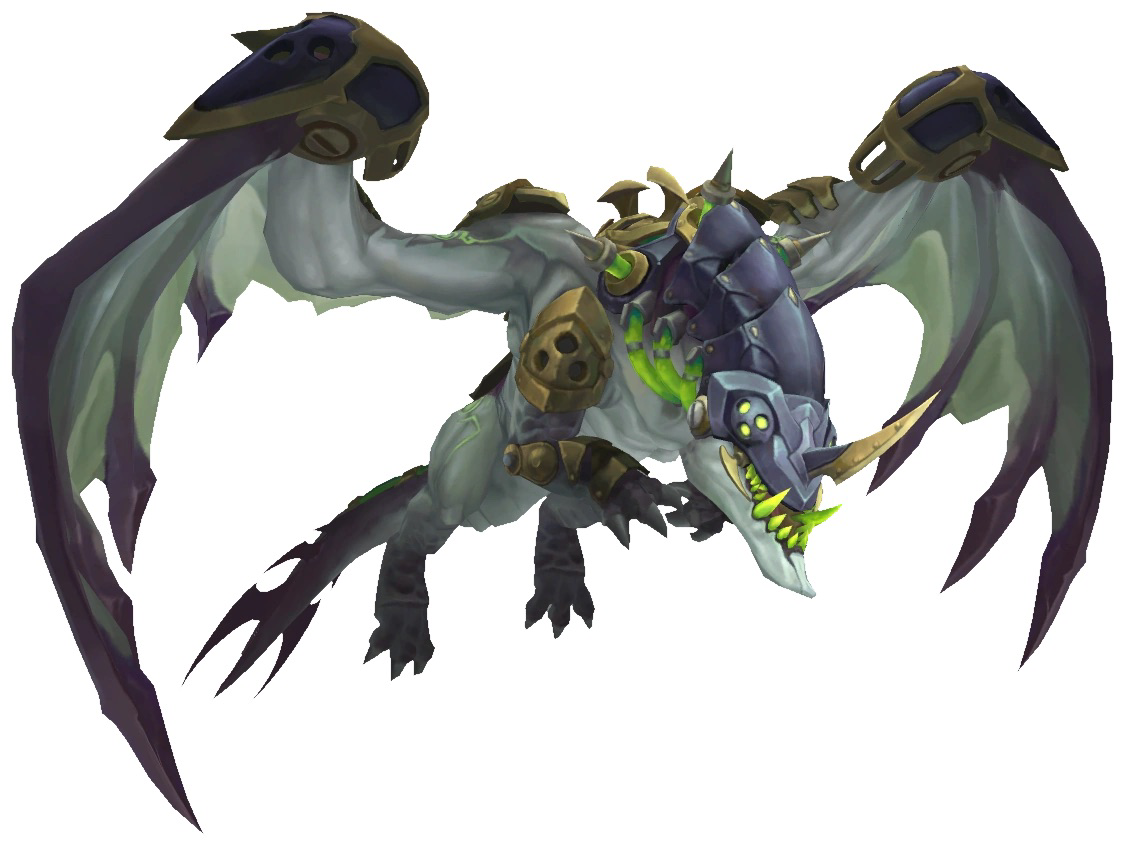
Let’s start off with the Chemtech Drake, which made its return in Season 13 after being removed shortly following its debut. Chemtech Drake gains bonus attack speed based on missing health during combat. Upon killing Chemtech Drake, a stack of Chemtech Blight will be granted. This buff grants 6/12/18/24% tenacity, healing power, and shield power based on the number of stacks from one to four. The Chemtech Soul grants 11% increased damage and damage reduction when a Champion’s maximum HP is below 50%.
When the Rift is dominated by Chemtech, the map is endowed with mutated jungle plants. Not only will jungle plants have enhanced functions, but they will also spawn more frequently. Blast Cones will now knock allies and enemies twice the distance. Honeyfruits will no longer slow a player who walks over them, and they will provide a shield in addition to the healing. Scryer’s Blooms will reveal an area in a cone shape outward but also in a circular radius from the location of the Scryer. Any wards revealed by Scryer’s Bloom will have their HP reduced to one. Finally, allied champions moving in the direction of the Scryer’s Bloom within 4.5 seconds of it being triggered will gain a 40% increase in movement speed.
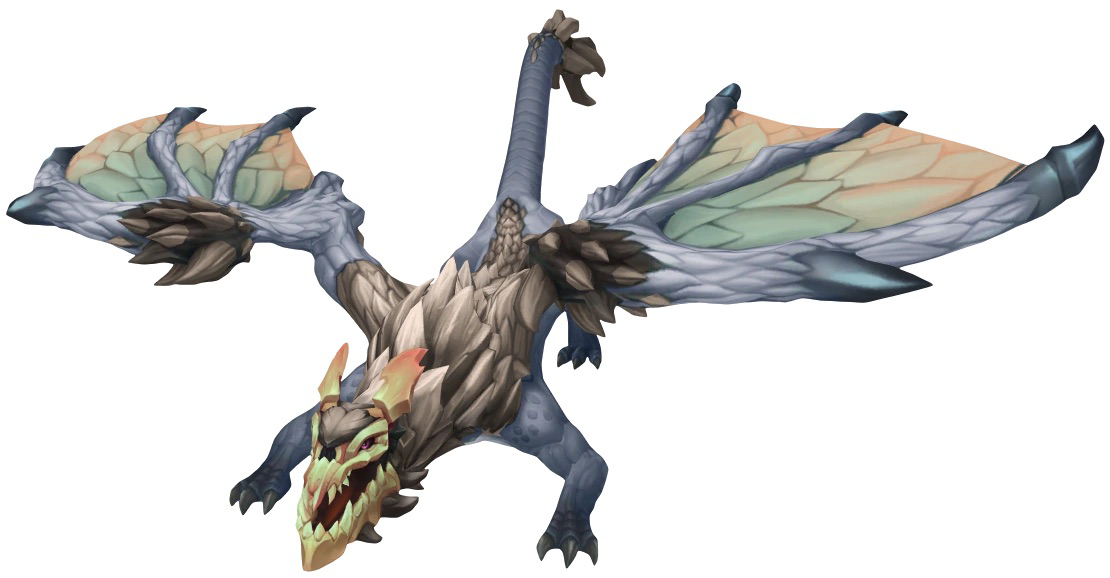
Cloud Drake is the hardest Dragon to kill solo because of its insane attack speed and single-target damage. Killing the Cloud Drake will grant a team the Cloudbringer’s Grace, which gives a 7% bonus out-of-combat movement speed and 7% slow resistance per stack. The Cloud Soul will grant a passive 15% bonus movement speed and up to 60% for six seconds after casting an ultimate ability.
When the Rift is dominated by Cloud, air currents will begin to flow at the Dragon Pit and both team’s Red Buffs and Blue Buffs. When Champions walk through these air currents, they grant a bonus movement speed of 20% in combat and 35% out of combat. Additionally, Scryer’s Blooms will begin to spawn near the Base of each team and at the Tri-Bush locations near the River.
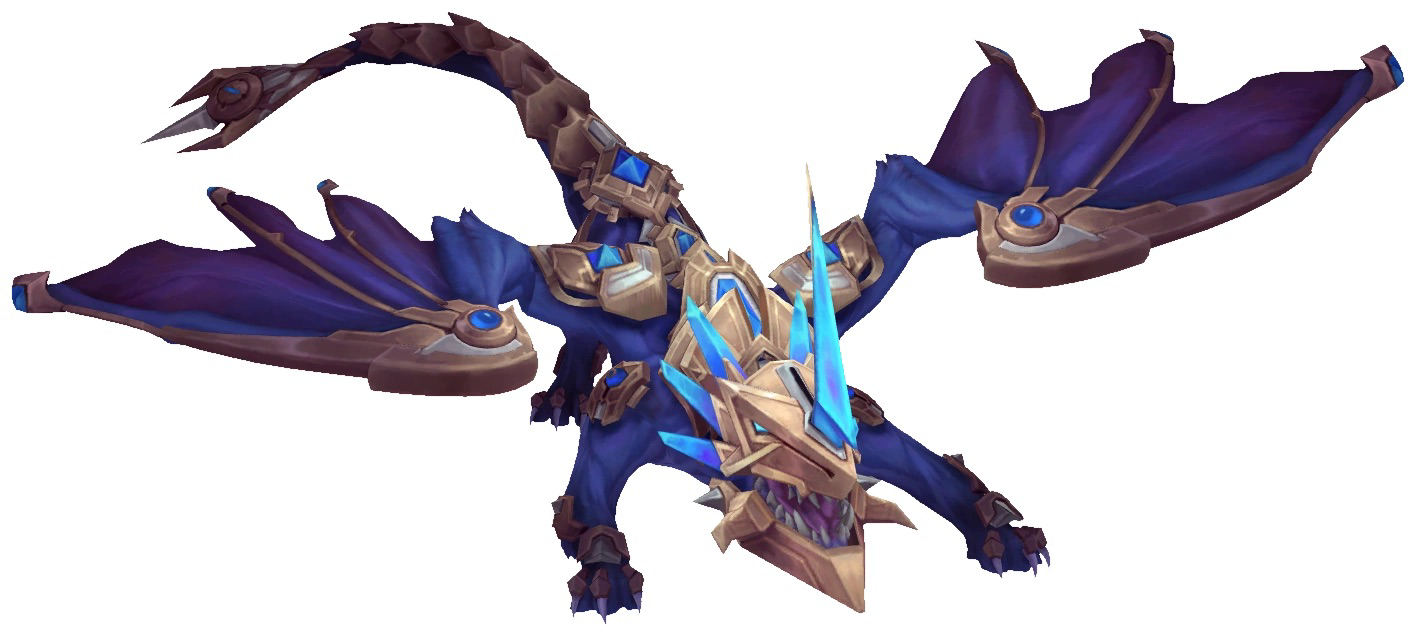
Being one of the newer Dragons to League of Legends, the Hextech Drake is one of the most unique. Every fourth attack of the Hextech Drake causes a chain effect that damages nearby targets. This effect will slow all targets by 40% for three seconds. Killing the Hextech Drake will grant the collecting team a stack of Hextech Prowess, which provides 9 bonus Ability Haste and 9% bonus Attack Speed for each stack. The Hextech Dragon Soul causes attacks and abilities to have a lightning strike that deals up to 50 True damage and slows for 2 seconds. True damage increases based on level, and the slow increases based on the Champion’s bonus AD, AP, and Health. The lightning strike will also chain to hit three additional enemies, applying the same effect. Because the slow effect can stack from multiple sources, the Hextech Soul is the strongest Soul for teamfights.
If the Rift is dominated by Hextech, the map will spawn in Hextech Gates in each team’s Base and Jungle. The Hextech Gates will cause Champions to channel for 0.75 seconds, teleporting them to the end of the Hextech Gate. Any damage or Crowd Control will cause the channeling to stop, and Champions being teleported cannot be targeted. Upon completion of the teleportation, a Champion can dash 500 range in any direction around the end of the Hextech Gate. Once you’ve used a Hextech Gate, you cannot use that Gate for the next 30 seconds.
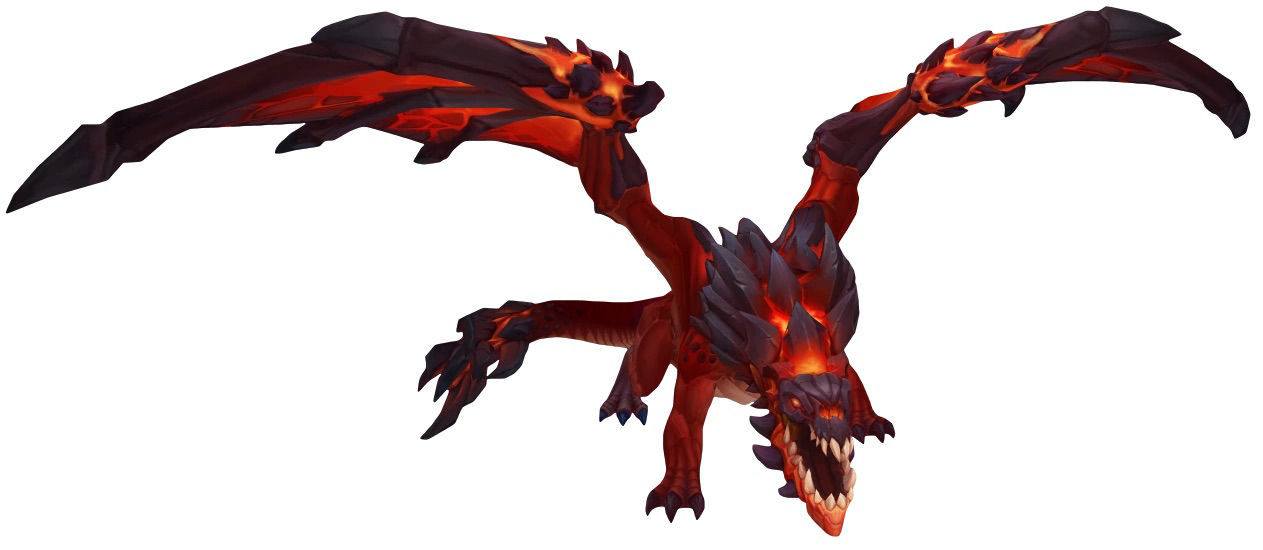
Although the Infernal Drake may look like a spawn from Hell, it is rather not that scary. It’s pretty weak in terms of damage and speed, but its attacks have an AOE effect. Killing the Infernal Drake will grant the team Infernal Might, which grants a 6% bonus AD and AP for each stack. The 6% bonus AD and AP is minimal in the early game as Champions will hardly have any items, but once the game progresses, that 6% bonus will become quite significant. The Infernal Dragon Soul will grant a passive effect that causes auto attacks and abilities to trigger AOE explosions. The explosion's damage increases based on the bonus AD, AP, and Health of the Champion. This passive has a 3-second cooldown between each explosion.
When the Rift is dominated by Infernal, the walls of both teams’ Red and Blue Buff will perish, creating new angles. The map will also see Blast Cones begin to spawn in various locations in the Jungle and alcoves of Top and Bot Lane.
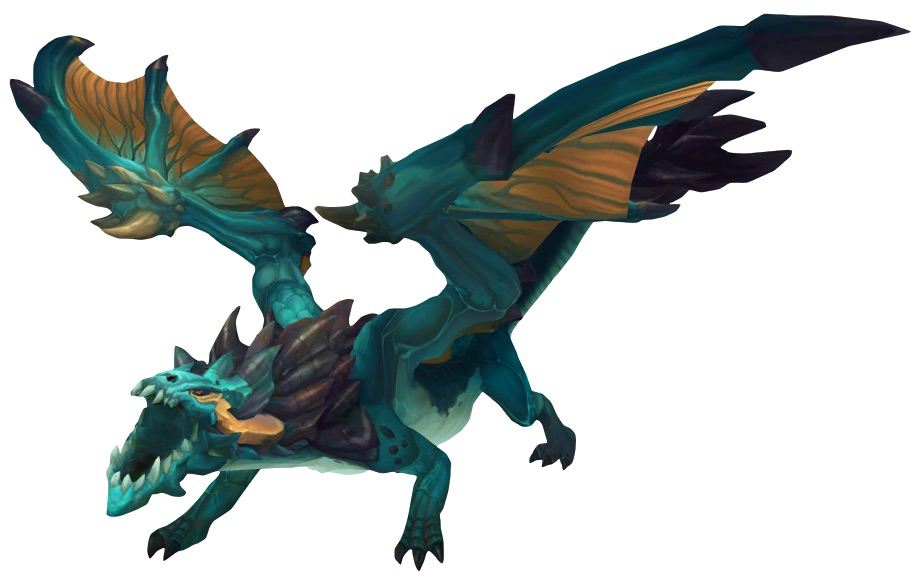
The Ocean Drake is basic in terms of stats, but its single-target attacks inflict slow to any targets hit. Killing the Ocean Drake grants a stack of Oceanic Will, which provides a team with a 3% bonus missing Health Regeneration for each stack. Because of the Health Regeneration the buff provides, stacks of the Oceanic Will are most beneficial in the early laning stages of the game. This allows Champions to take more aggressive trades without having to Recall and miss experience and gold. The Health Regeneration is also very useful in poke-heavy lane matchups.
The Ocean Dragon Soul is a passive effect that makes damaging enemies restore Health and Mana over the course of four seconds. This effect increases healing based on bonus AD, AP, and Health of the Champion. Mana restoration increases based on the Maximum Mana of the Champion. Damage to minions and monsters triggers a reduced effect (30%).
If the Rift is dominated by Ocean, Brushes are enlarged, and new Brushes are grown in the Dragon Pit and various areas in the Jungle. Additional Honeyfruits will also begin to spawn in the River, which replenish Health and Mana.
The Mountain Drake is what you’d expect from its name. Although the Mountain Drake has extremely slow AOE attacks, it has bonus attack damage and is quite tanky from its bonus Armor and Magic Resistance. When slain, the Mountain Drake grants the team a stack of Mountainous Vigor which endows a 9% bonus Armor and Magic Resistance per stack. Similar to the Infernal Drake, this 9% will be more beneficial in later stages of the game when Champions start to have higher values of Armor and Magic Resistance. The Mountain Soul is a passive effect that grants a 180 HP shield that increases based on the Champion’s bonus AD, AP, and Health. This shield only activates if the Champion is out of combat for five seconds.
If the Rift is dominated by Mountain, rocks will be formed in certain areas of the Jungle. The formation of new terrain allows Champions with terrain interaction to have a field day. Some examples are Vayne, Akshan, Camille, Illaoi, and Nautilus, to name a few.
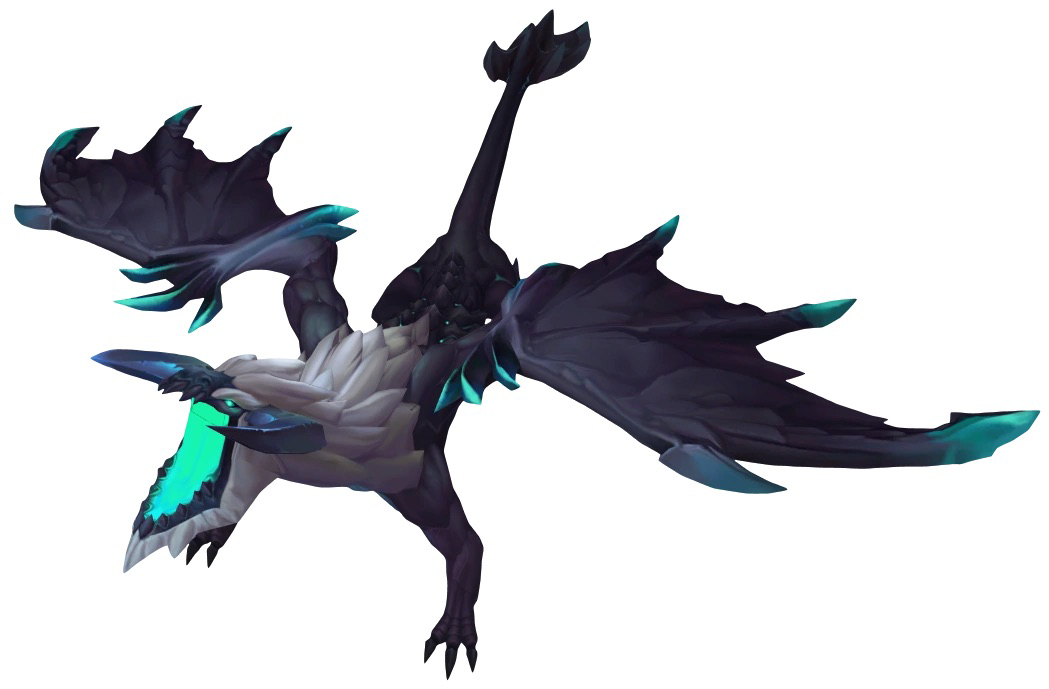
Elder Dragon is the final boss of all the Dragons. This Dragon provides a buff so strong that teams can single-handedly turn a game around. Unlike the Elemental Dragons, the Aspect of the Dragon is a buff that lasts only 150 seconds. This buff only applies to teammates alive during the killing of Elder Dragon and causes attacks to burn for 75 True Damage over three seconds. Enemies are executed if a holder damages an enemy below 20% Health.
Now that you know the characteristics of each Dragon, you should come to realize how important they are. These buffs are permanent buffs that a team will never be able to make up, as opposed to gold and shutdowns. Even if your team is extremely behind in gold, if you have the advantage in Dragon stacks, they may be a win condition for your team. Paired with the experience buff, it is crucial to know when it is worth going for a steal or whether it's worth giving up Dragon for something else. Sometimes, a specific Dragon may not benefit your team that well, and therefore, you may choose to prioritize towers or Rift Herald instead. Similarly, if the enemy team has an advantage in stacks, but the Dragon Soul does not benefit their team significantly, it may be in your best interest to trade Dragons for Baron. The mechanic of the Dragons is one of the only variables in League of Legends, along with the Champions and players. This makes games interesting as each game will have different Dragons and, therefore, different goals and outcomes.